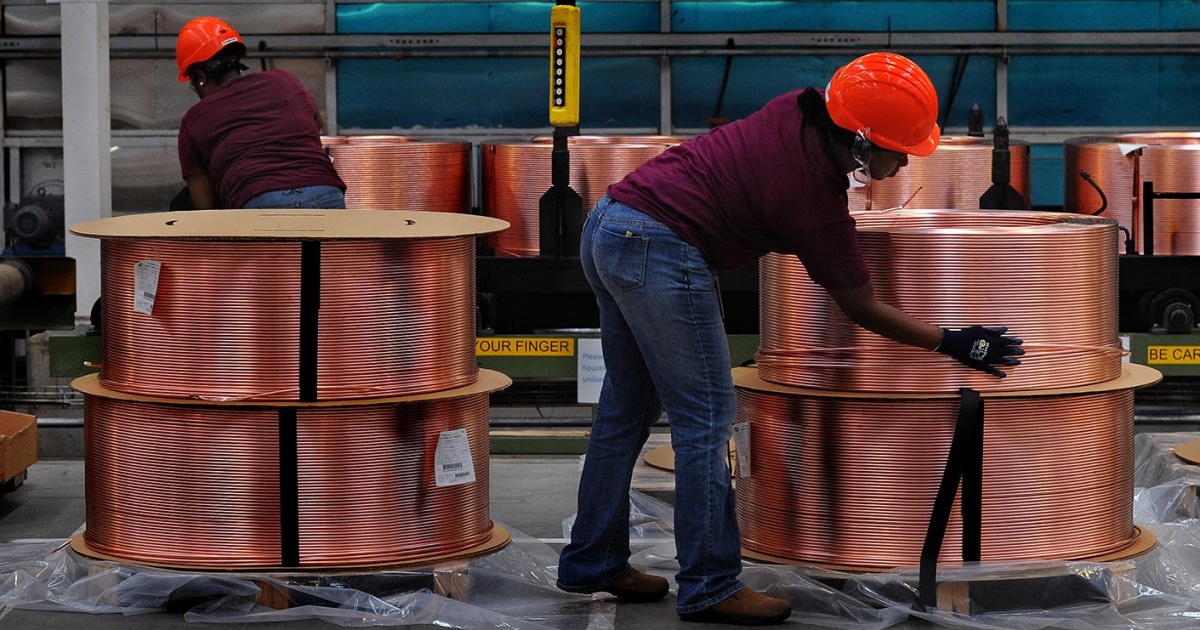Trump's 50% Tariff on Copper Imports Sparks Price Surge
President Trump announces a 50% tariff on copper imports, leading to record-high prices and impacting various industries reliant on copper.
Subscribe to unlock this story
We really don't like cutting you off, but you've reached your monthly limit. At just $5/month, subscriptions are how we keep this project going. Start your free 7-day trial today!
Get StartedHave an account? Sign in
Overview
- President Trump has announced a 50% tariff on copper imports, effective August 1, 2023.
- The US relies on imports for about half of its copper needs, essential for construction and electronics.
- The tariff aligns with existing duties on steel and aluminum, part of a broader trade policy.
- Following the announcement, copper futures rose by 9.5%, and shares of Freeport-McMoRan increased by 5%.
- Additionally, Trump is considering a 200% tariff on pharmaceutical imports as part of his trade strategy.
Report issue

Read both sides in 5 minutes each day
Analysis
Center-leaning sources frame the tariff announcement as a strategic economic move by Trump, highlighting its potential impact on domestic industries and aligning it with broader trade policies. The tone suggests skepticism about the effectiveness of such tariffs, reflecting concerns over economic repercussions while acknowledging possible benefits for U.S. producers.
Articles (7)
Center (3)
FAQ
The 50% tariff on copper imports is expected to raise costs for U.S. industries reliant on copper, such as construction and electronics, contributing to a sharp price increase as reflected by a 9.5% jump in copper futures and a 5% rise in shares of major copper producers like Freeport-McMoRan.
The 50% tariff on copper imports is planned to take effect around the end of July or August 1, 2023, following the completion of a Commerce Department investigation under Section 232.
The copper tariff aligns with existing Section 232 tariffs that the U.S. has imposed on steel, aluminum, and automobiles, reflecting a broader strategy of reciprocal tariffs aimed at protecting national security and promoting domestic production, including potential future tariffs on pharmaceuticals and semiconductors.
Canada, a significant copper supplier to the U.S. with exports worth approximately $9.3 billion in 2023, could experience reduced exports and economic disruption due to the 50% tariff, which increases costs for U.S. importers and has previously impacted Canadian industries through similar tariffs on metals.
Alongside the 50% tariff on copper, President Trump is considering a much higher 200% tariff on pharmaceutical imports, with a grace period of 1 to 1.5 years for companies to adjust supply chains, as part of a broader plan to impose reciprocal tariffs on various critical sectors including pharmaceuticals and semiconductors.
History
- This story does not have any previous versions.




